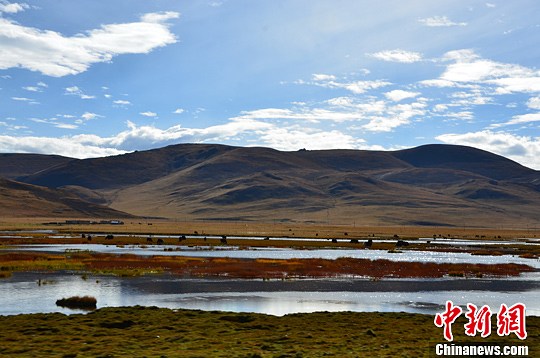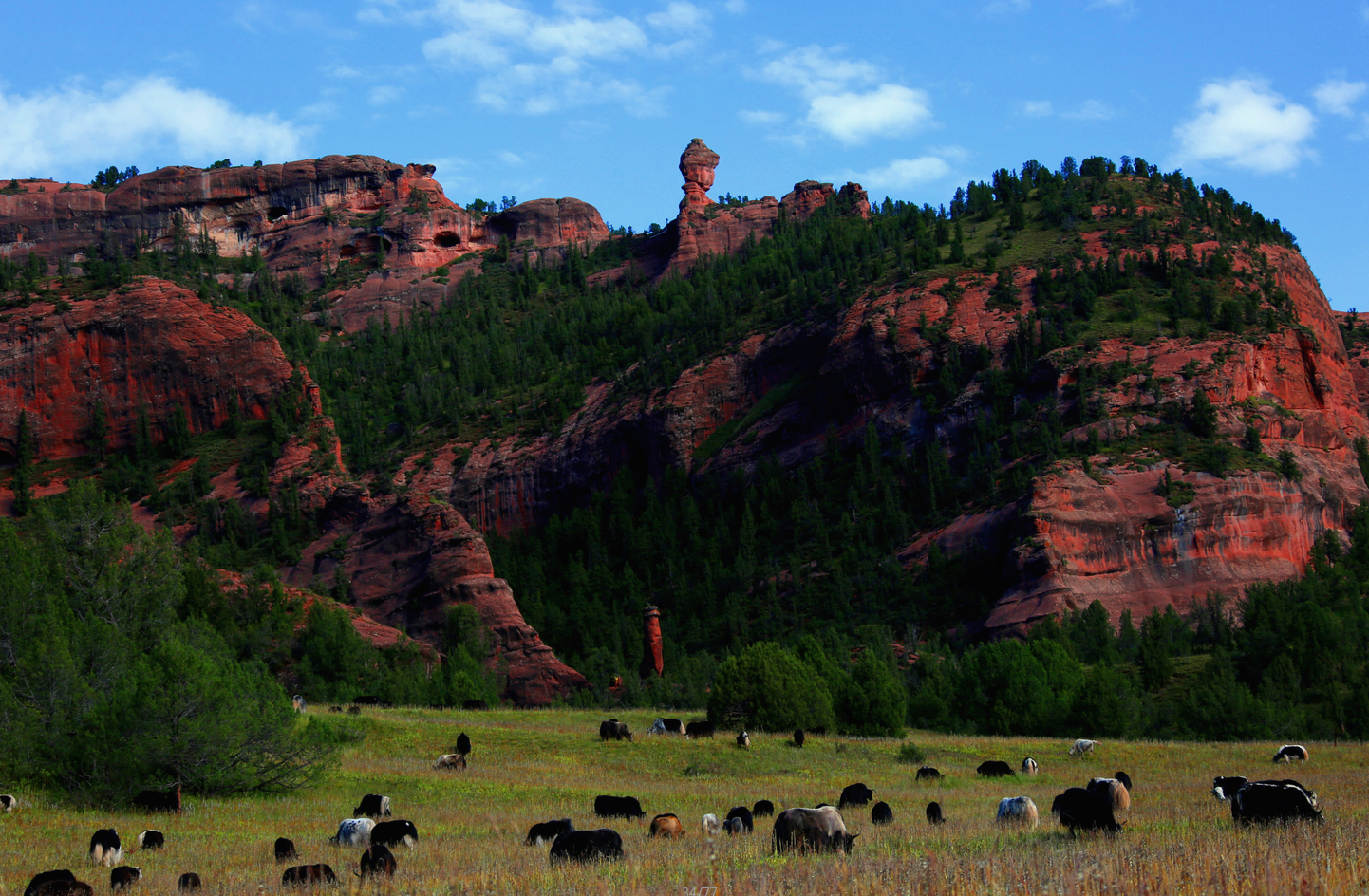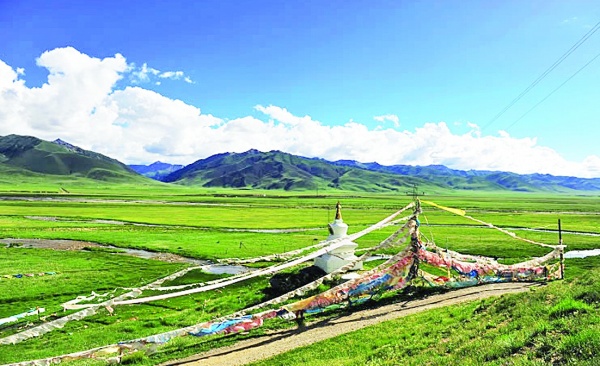Tibet aims to balance development and ecology

The Tibet Autonomous Region sits on the Qinghai-Tibet Plateau and acts as an ecological security screen for South and Southeast Asia, protecting environmental assets for the entire region. That is why China has issued a Plan for Ecological Safety Barrier Protection and Construction in Tibet.
Tibet is known as the “Third Pole of the world” because of its towering height. It also is the source of headwaters for major rivers that flow through regions surrounding Tibet.
Deputy director of environmental protection bureau of Tibet Autonomous Region, Zhang Tianhua, said, “Economic growth should be based on protecting the environment. In Tibet, we prioritize developing industries we have a natural advantage in, like mineral water production. We refuse to foster polluting industries from other parts of the country and overseas. So far, there’s no polluting company operating in Tibet.”
For the past four decades, Zhang has been working at Tibet’s environmental department. He says his work is about convincing others to adjust their pace of development.
Zhang said, “After all, there are more than three million people of different ethnic backgrounds living in Tibet. Their rights to enjoy a better life should be guaranteed. Just like people from other areas, Tibetans would like to live in a well-off society. However, development needs to be carefully controlled, and not harm the ecosystem.”
China’s central government approved the Plan for Ecological Safety Barrier Protection and Construction in Tibet in 2009. It pledges an effort stretching until 2030 to secure a harmonized mode of development. And now it has gained international recognition.
Mexican Chamber of Deputies, Javier Vega Camargo, said, “I was amazed to learn here in Tibet, for example, that more than one-third of the land, the total land, are wild areas. There is a lot to learn from that. Tibet can teach the rest of the world.”
Some experts believe environmental protection is now achieved with the signing of treaties, economic incentives and barriers. Still, the road ahead for Tibet’s green development is to adopt a balanced formula.
“Creating these roads, creating these developments has an impact on the environment. So we have to deal with it in the best way possible. And we believe the best way to do it is to get a good balance between them,” said Camargo.
The planning is a crucial move to protect the fragile ecological system in Qinghai-Tibet Plateau. But, as experts point out, the next crucial step is to coordinate and implement, to make it happen and achieve more benefits.
Your Comment
Name E-mailRelated News
-
;
-
-

-
High-tech helps ecology monitoring: Qinghai Sanjiangyuan
The Ecological Environment Monitoring Center of Qinghai Province has established the ecological environment monitoring system recently.
-
-
-

-
Community efforts join in building Sanjiangyuan National Park
The Sanjiangyuan National Park will explore the new model of ecological protection with “all-citizen participation”.
-
-
-

-
Qinghai: Environment protection of Sanjiangyuan gets remarkable re
Environment protection of Sanjiangyuan natural reserve(Sanjiangyuan) in Qinghai province has achieved remarkable results.
-
Based in Lhasa, Tibet Vista is a Tibet travel agency that specialized in Tibet permit, and Tibet tours for both private and group travelers at a local price!
•4 Days Lhasa City Group Tour from USD 460 •8 Days Everest Base Camp Group Tour from USD 850 •15 Days Mt.Kailash Group Tour from USD 1780 •2016 Tibet Train Tours from Beijing, Shanghai, Chengdu, Xining,etc










